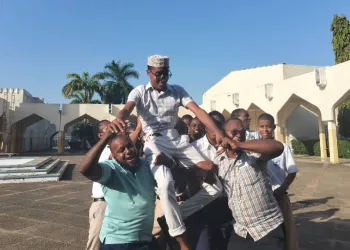In Kenya’s Arid and Semi-Arid Lands (ASALs), women and girls in areas like Mandera County walk over six kilometers daily in search of water, a harsh outcome of ongoing droughts that affect nearly 16 million people across 23 counties. These regions, covering 89 percent of the country’s landmass, remain food insecure due to limited agricultural productivity and a heavy reliance on rain-fed farming and pastoralism.
Despite agriculture being a pillar of the Bottom-Up Economic Transformation Agenda (BETA), the ASALs face critical challenges including erratic rainfall, diminishing water sources, and underdevelopment. According to the 2024 Global Hunger Index, Kenya ranks 100 out of 127, with ASAL communities hardest hit. The impact has left 2.8 million people at risk of food insecurity, including nearly 850,000 children and over 124,000 expectant and nursing mothers in need of acute malnutrition treatment.
To reverse these trends, the government is implementing multifaceted interventions—such as the Kenya Livestock Insurance Program (KLIP) benefitting 1.6 million pastoralists, and the National Livestock Development and Promotion Service Board for boosting leather industry value chains. Infrastructure upgrades, food programs, and peace-building initiatives like the Garbatulla Peace Forum are in place to tackle both economic stagnation and conflict triggered by competition over scarce resources. These efforts are guided by frameworks like Vision 2030, County Integrated Development Plans (CIDPs), and global targets including the African Union’s Agenda 2063 and the UN Sustainable Development Goals (SDGs).
Notably, investment in renewable energy projects like Lake Turkana Wind Power and agricultural programs such as the Wei Wei irrigation scheme, which yields 800 tons of maize annually, are building resilience. Through coordinated efforts with NGOs and development partners, the government is focused on empowering ASAL communities, mitigating climate shocks, and enhancing sustainable growth and stability across the region.















